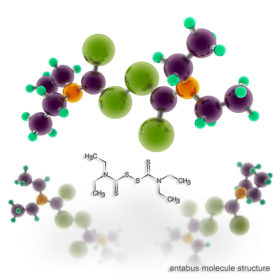– Bonnie Crater, founder and vice-chair of the Board of Directors, Bay Area Lyme Foundation
What does an anti-alcoholism drug have to do with Lyme disease? Nothing—until a 2016 study funded by Bay Area Lyme Foundation found a link. From around 2014 through 2017, two labs on opposite coasts—one at Johns Hopkins University and one at Stanford—were testing thousands of FDA-approved drugs to identify an existing drug that worked against “persister” forms of Borrelia burgdorferi (Bb), the bacteria that causes Lyme disease(1,2,3,4). Why were they doing this?
Here’s a little background. Borrelia burgdorferi, a spirochete, when cultured in a lab has roughly 3 different forms: a) a culture with predominantly long or corkscrew forms, b) a culture with predominantly round forms and some microcolonies, and c) a culture with predominantly microcolonies (2). Most laboratory studies regarding the effectiveness of antibiotics are conducted in cultures on long forms. In this long form, the spirochete is motile and can divide (although very slowly) and consequently, some antibiotics work much better on the long form. However, after exposure to antibiotics such as doxycycline, the spirochete curls up into a round form and some clump together with other spirochetes to form a few microcolonies. These round-body and microcolony forms are understood to be a defensive posture for the bacteria.
